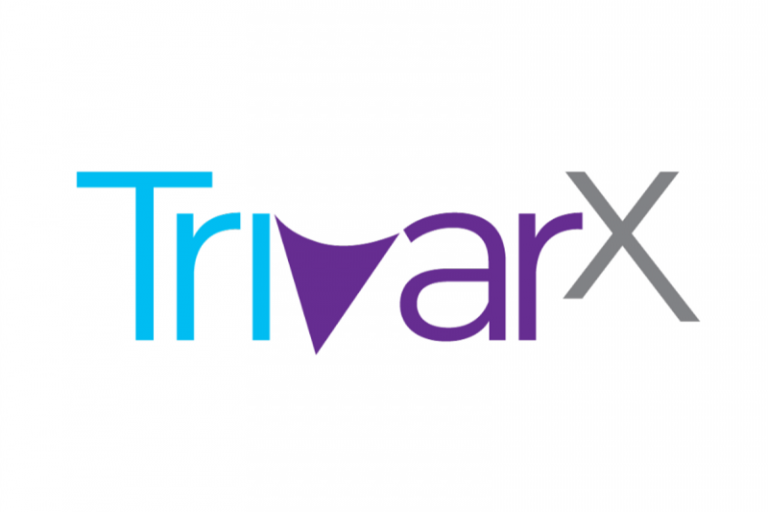TrivarX Limited (‘the Company’) (ASX: TRI) is pleased to announce positive top-line results from the Company’s recently completed Phase 2 Sleep Signal Analysis for Current Major Depressive Episode (SAMDE) study utilising its proprietary AI-backed algorithm, MEB-001. MEB-001 uses EEG and ECG signals recorded during sleep to identify current Major Depressive Episode (cMDE).
Highlights:
Analysis of 400 patients in Phase 2 SAMDE study for current Major Depressive Episode (cMDE) study utilising MEB-001MEB-001 is TrivarX’s proprietary AI-driven algorithm which can assist with the effective screening of a cMDEMEB-001 performance results from Phase 2 SAMDE study reported high performance, marking a significant achievement in the Company:Sensitivity: 87% (95% CI 73-95%)Specificity: 72% (95% CI 66-77%)Positive Predictive Value: 35% (95% CI 27-45%)Negative Predictive Value: 97% (95% CI 93-99%)Results provide strong validation of MEB-001’s ability to assist in the screening and diagnosis of a cMDE – a condition which is commonly misdiagnosedThere is currently no screening undertaken for cMDE in sleep centres in the US or globally, representing a major commercial opportunity for TrivarXResults advance TRI’s aim to become the first depression screening tool used in clinical practice in sleep centres
There is a well-established connection between mental health conditions, such as depression, and sleep disturbances. People with insomnia may have a tenfold higher risk of developing cMDE and among people with depression, 75% of sufferers have trouble falling or staying asleepi. Furthermore, misdiagnosis of major depressive disorder is estimated at upwards of 65% in the USii. Despite this, depression screening is not routinely included in sleep studies, even though up to 21% of people undergoing a sleep study have depressioniii.
Positive results from SAMDE study highlight MEB-001’s significant potential:
The objective of the study (ClinicalTrials.gov ID NCT05708222) was to use MEB-001 to detect the likelihood of a cMDE using Clinician Reporting Outcomes (CRO) assessment in individuals referred to a sleep clinic. A total of 400 patients were recruited across 15 sleep centres in the US. Out of these, 73 patients were excluded due to incomplete data or a split night/titration sleep study. MEB-001 also automatically identified 32 patients with significant anomalies in their sleep data. Notably, the MEB-001 algorithm was locked prior to the analysis ensuring no data from Phase 2 was used in its training.
Analysis of the results showed that MEB-001 reported promising performance across key parameters including sensitivity of 87% (95% CI 73-96%), specificity of 72% (95% CI 66-77%), positive predictive value (PPV) of 35% (95% CI 27-45%) and negative predictive value (NPV) of 97% (95% CI 93-99%) (refer table below).
These results provide considerable validation of MEB-001 and its ability in the screening and diagnosis of a current Major Depressive Episode (cMDE) in test subjects.
Management commentary:
Non-executive Chairman, David Trimboli said: “We are very excited to share the results from our Phase2 study, which highlight the effectiveness of MEB-001 in screening for cMDE. This is underscored by the significant increase in sensitivity coming from recent improvements to the underlying algorithm, which was increased from 71% in Phase 1, to 87% in Phase 2 – demonstrating that the algorithm can successfully identify more people with cMDE. Our very high NPV validates MEB-001’s potential as a screening test, with the likelihood of having depression when testing negative to be less than 3%.
“There is currently no screening undertaken for cMDE in sleep centres in the US or globally. Our most recent results reaffirm the potential of MEB-001 to become the first depression screening tool used in clinical practice in sleep centres and marks a significant achievement in the Company’s history.”
Click here for the full ASX Release


